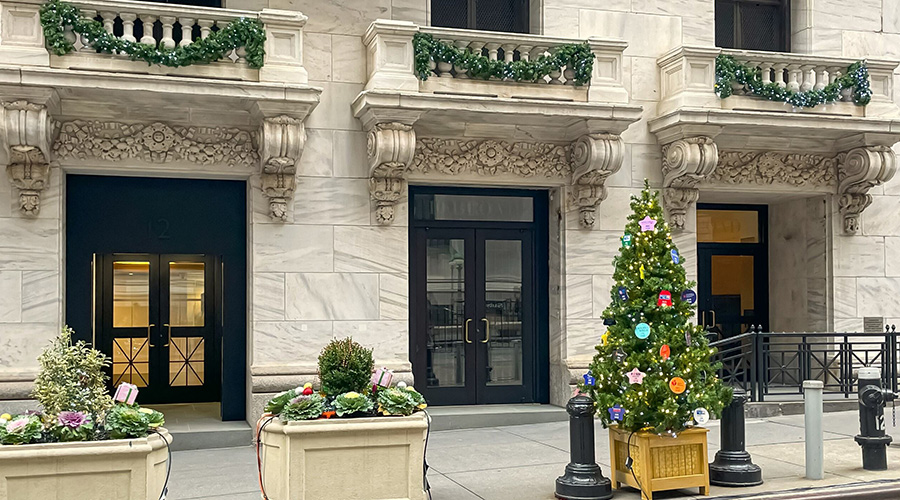Lack of Standardization Can Lead to Access, Security Problems With Doors
3. Lack Of Standardization
Another problem, especially in large, multi-building facilities, is lack of standardization. When a failure occurs, prompt action is required to maintain access and security. In facilities that have not standardized hardware selection, maintenance personnel must go to the door itself to determine what manufacturer's components are installed, then return to the stockroom for replacement parts. If the parts are not in stock, they are either picked up from a local supplier or are ordered; both cause delays and increase costs.
Standardization can greatly reduce costs, response times, and the need to stock a wide range of parts. Standardization also reduces the need for maintenance personnel to learn how to maintain and replace a wide range manufacturer's components.
To standardize door hardware, facility managers cannot simply accepting the lowest bid for a particular project; instead, they will have to develop a plan specific to their facility.
Specifications will have to be developed for different types of installations based on such factors as level of use and level of security. Product sheets will have to be reviewed to determine which are best suited for the application. Sample products will have to be evaluated by maintenance staff. And plans and all construction and renovation projects will have to be reviewed. Final selection will be a collaborative effort between maintenance personnel and facility managers.
Once items have been selected for use, maintenance personnel will have to review the selected components and identify the replacement parts and quantities that will have to be maintained in inventory.
4. Lack Of Maintenance
Of all the issues that facility managers face with doors and door hardware, the most common is lack of a comprehensive maintenance program. What are some of the more common signs of inadequate maintenance? Door locks that are difficult to turn, or require that keys be manipulated in order to work. Doors that are difficult to open or close. Doors that hang up before the lock mechanism can fully latch. Doors that close too quickly, typically slamming shut with a bang. Noisy operation of door hinges. Exit devices that stick or are difficult to operate. Dirty tracks and rollers that result in improper operating speeds and vibrations.
These and other problems can be minimized or avoided simply by following manufacturer's recommended maintenance schedules. Start by developing an inventory of all doors. Include the type of hardware on each door. Classify the level of use, such as low, moderate, and high. High-use doors may require inspection as often as once a day, and routine maintenance as frequently as once each week. Low-use doors require less frequent attention but still need regular maintenance. For safety reasons, the operation of automatic doors must be checked on a daily basis.
James Piper, PhD, PE, is a writer and consultant who has more than 35 years of experience in facilities management. He is a contributing editor for Building Operating Management.
Related Topics:













